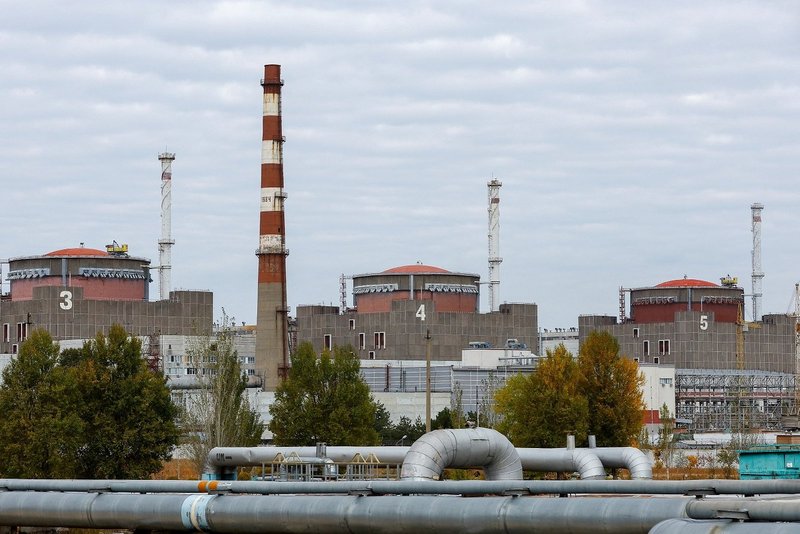"The situation at the Zaporizhzhia nuclear power plant illustrates the insufficiency of international nuclear safety and security mechanisms in the face of threats from state actors." (Maria Kurando)
The Russian invasion of Ukraine, the takeover of the decommissioned Chornobyl nuclear power plant (NPP), and the attacks launched on Ukrainian nuclear facilities show how military conflicts can put civil nuclear energy at risk. International concerns have been intensifying since mid-March, when Russian troops occupied the Zaporizhzhia nuclear power plant (ZNPP), which is the largest in Europe.
As critical components of a state’s energy supply, NPPs can become strategic and tactical targets in military conflicts – or can suffer collateral damage as the result of vicinity shelling. Any damage to these facilities can destabilize the adversary’s provisioning and logistics, and severely impact civilian populations due to radiation releases.
Combat battle has already led to the ZNPP’s temporary loss of connection to its last remaining operational external power line. Such an external power supply is vital for cooling the fuel rods and for preventing the reactor core from overheating, even if it is shut down, as overheating can precipitate a potential nuclear catastrophe. Although the ZNPP’s access to off-site power has been restored, the blackouts emphasise the threat military action poses to the safe and secure operation of nuclear power plants.
These two concepts – nuclear safety and nuclear security – although often overlapping, are distinct in their focus. While nuclear safety primarily deals with unintended risks resulting from human errors, system malfunctions, or natural disasters, nuclear security focuses on anticipating and counteracting all intentional malicious actions that can lead to radiological consequences, and on the physical protection of nuclear materials and associated facilities. The war in Ukraine shows how blurry this distinction becomes in times of military conflict.
First, nuclear facilities are not designed to withstand large-scale military action. As U.S. nuclear expert James Acton put it in simple terms: “[…] nuclear power plants are not designed for war zones.” Second, neither of the concepts explicitly addresses threats from state actors. Many related measures focus on terrorist threats and were designed in response to 9/11. Third, there are no international mechanisms to mitigate critical incidents like the one currently unfolding in Ukraine. For instance, the frequently referenced Article 56 of the Additional Protocol I to the Geneva Conventions contains contradictory interpretations of when civil nuclear facilities require special protection against attacks based on facilities’ military necessity. Such ambiguousness can be exploited by belligerents to consider an NPP a legitimate target in military conflict.
In light of these shortcomings, the most prudent solution for Zaporizhzhia would be the establishment of a nuclear safety and security protection zone – a kind of sanctuary around the facility. This has also been repeatedly stressed by the Director General of the International Atomic Energy Agency (IAEA), Rafael Grossi, after his visit to the facility in September. As the result of the IAEA mission, the organisation successfully established a presence of its experts on site and conducted an assessment of the physical damage to the facility. Yet, as an international organisation with a technical mandate, the IAEA is unable to compel a country to cease military activities or impose a demilitarised zone. Instead, the fighting and shelling continue.
The mixed success of the IAEA shows how vital it is for the international community to start developing multilateral and additional bilateral safety and security measures for times of conflicts. A starting point could be to utilize existing national nuclear security threat assessment mechanisms and then work towards the implementation of corresponding legal and regulatory frameworks at bilateral or even regional levels. India and Pakistan, for instance, have a bilateral Agreement on the Prohibition of Attack against Nuclear Installations and Facilities in place. Russia’s invasion of Ukraine shows how a state actor can jeopardise the peaceful use of nuclear facilities and how challenging it becomes to ensure the safe and secure operation of NPPs during a conflict. In order to prevent further incidents of this kind, the international community has to start acting now.
